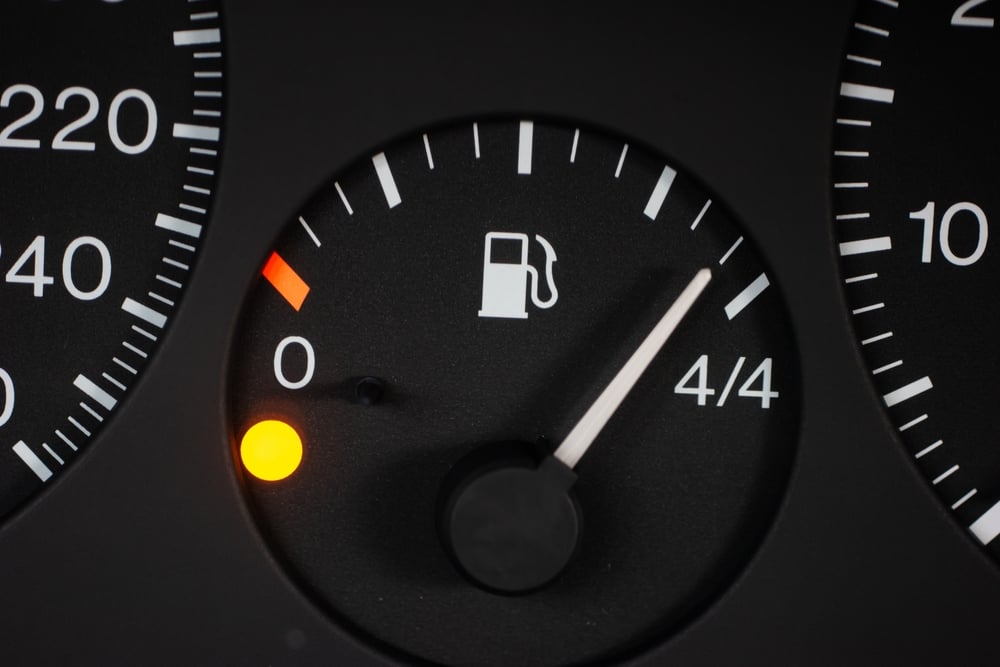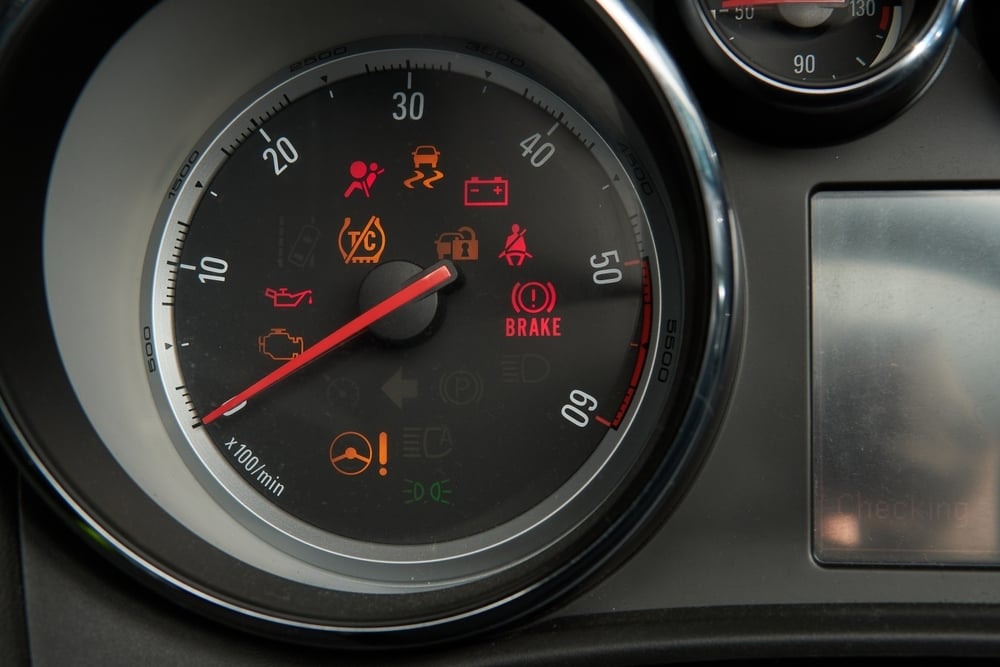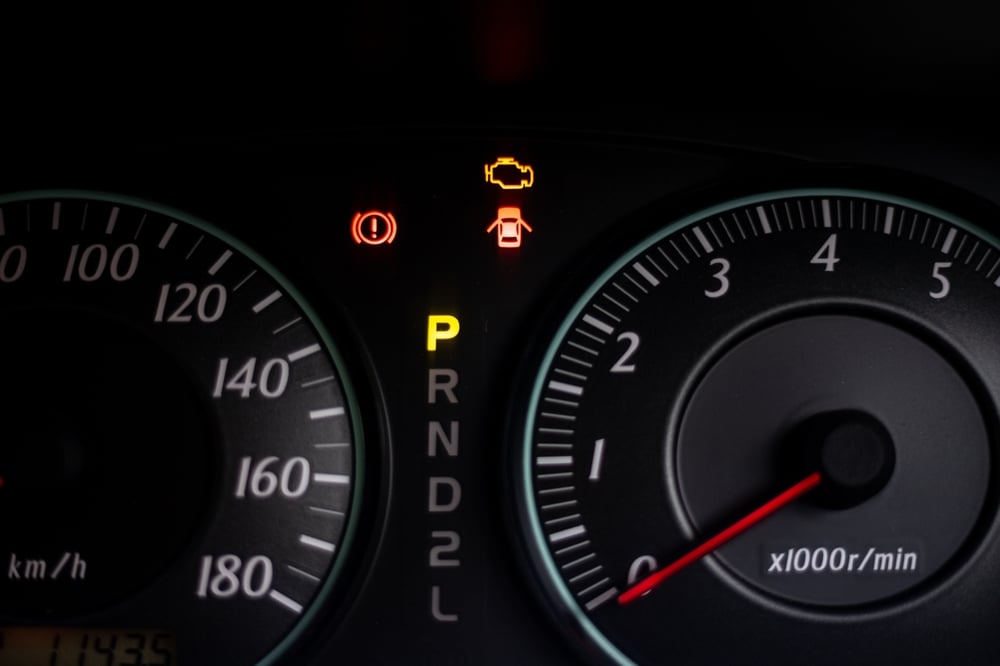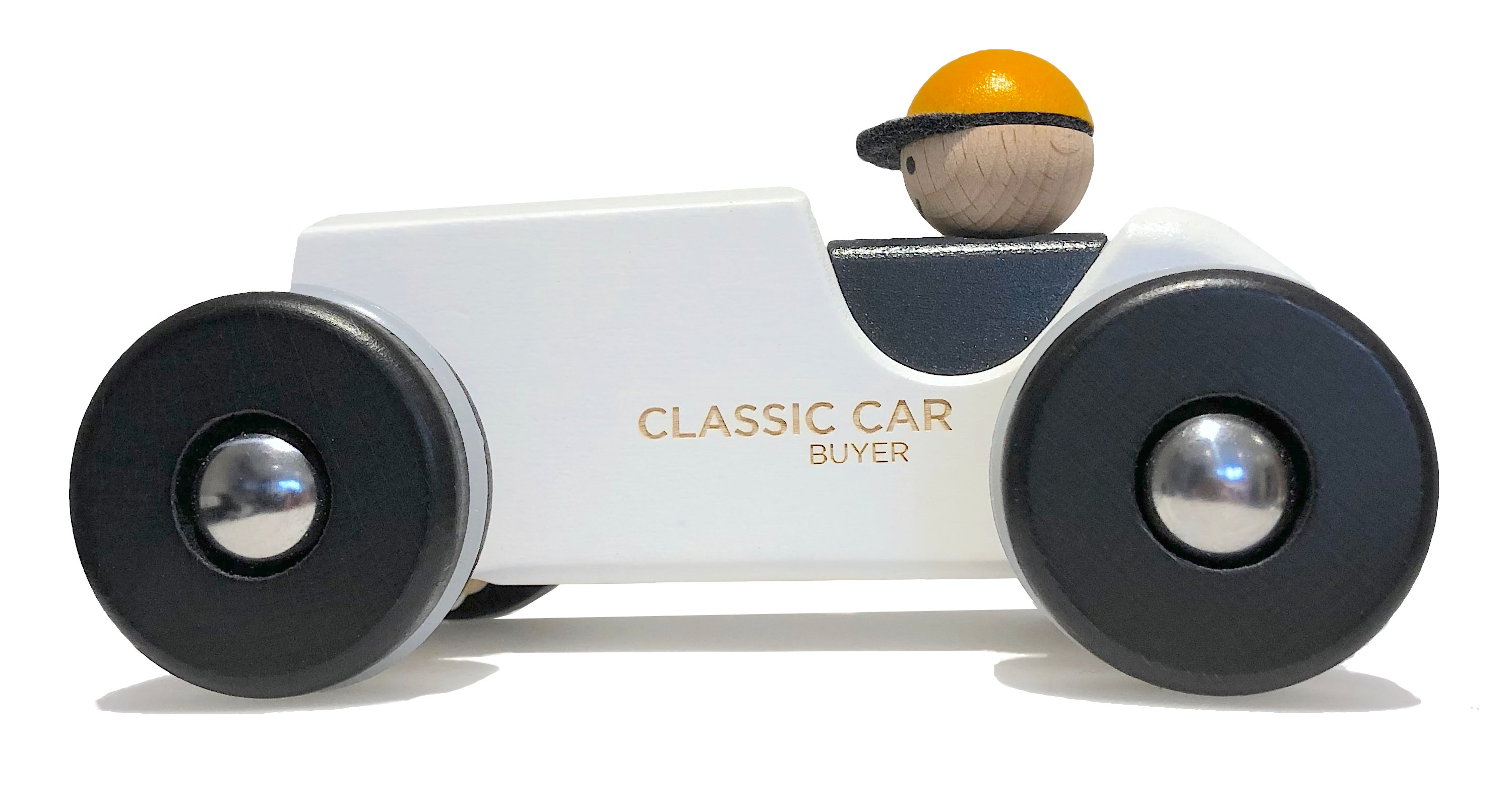The 1980s were a bit of a golden era for British motoring. It was a decade of Rubik’s Cubes,...
Your car’s dashboard (or instrument) cluster consists of the set of gauges and warning lights in the panel right in front of you in the driver’s seat, and forms an important part of your vehicle’s setup, as it tells you critical information such as your speed, the engine temperature and fuel levels, and also gives you alerts for any potential issues with the vehicle. But what happens when it starts acting up? A faulty dash cluster can be confusing - and even dangerous - if it provides inaccurate information while you’re driving, and, it may prevent the car from starting in the first place. In this article we’ll talk through what can go wrong, the common signs to look for, and also what you can do to fix the issue.
What’s a faulty dash cluster?
Having a faulty dash cluster relates to there being a malfunction of some sort in the instrument cluster, which displays vital vehicle information. When there is a fault, the gauges may stop working or give inaccurate readings, or the warning lights may behave unpredictably. One single component failing can cause problems across the board, unfortunately!
Issues with the dash cluster can affect the following:
• The speedometer
• The tachometer (the engine RPM)
• The fuel gauge
• Engine temperature reading
• Warning lights (such as for the engine, airbags, ABS, battery etc.)
Essentially, a faulty cluster prevents your classic car from reliably communicating its status, which obviously doesn’t help the driver in terms of knowing what’s going on.

Some common symptoms of a faulty dash cluster
Here are some of the signs that your dash cluster may be failing or faulty:
Dead or flickering lights
The gauges or warning lights may stop lighting up, be dim, or they may flash intermittently or be stuck on permanently. The immobiliser light may also flash.
Incorrect readings
Your speedometer, fuel gauge or engine temperature gauge may show false or fluctuating readings, or in the case of LCD displays, you may see dashes or a pixelated display.
Warning lights stay on or fail to appear
Some lights may remain permanently on, while others never illuminate.
The cluster resets or behaves erratically
The cluster may turn off and on, the gauges may look stuck, or the odometer might reset randomly.
Blank digital display
The more modern digital clusters can sometimes go completely blank, or show a pixelated display.
In addition, the vehicle may not start, or you may experience engine issues such as the car cutting out while driving, which can be scary.

Some of the causes of a faulty dash cluster
There are several issues that can trigger cluster problems:
Electrical issues
There could be loose connections, corroded or faulty wires or blown fuses. Over time, the internal components of the dash cluster can degrade, leading to erratic behaviour or failure.
Faulty stepper motors
The tiny motors that move the gauge needles on analogue gauges can sometimes fail.
Circuit board problems
There may be wear or damage to the printed circuit board inside the cluster.
Software glitches
Some of the more modern clusters often rely on software that may need updates or resets.
Water damage or overheating
Moisture or heat can damage the delicate electronics inside the cluster, which can occur via exposure to extreme temperatures or humidity.
Is it just a faulty sensor, though?
It’s important to note that not all dashboard problems are caused by the cluster itself. Sometimes, a faulty sensor is to blame. Sensors send data to the engine control unit (ECU) and the cluster, so if a sensor fails, it can mimic a cluster fault (which can show up as data not being displayed correctly).
How to tell the difference:
If it’s more likely to be the cluster…
You might see that multiple gauges are failing simultaneously, or that there’s erratic needle movement across the gauges. Also, warning lights flashing without reason is often down to the cluster, but some of the lights coming on (like the ABS or airbag) could indicate a sensor fault, too.
If it’s more likely to be a sensor…
You might see one specific reading being wrong (e.g. the fuel or temperature) as opposed to multiple ones.
However, a professional diagnostic tool is often the only reliable way to pinpoint the exact cause.

How to fix a faulty dash cluster
Depending on the cause, there are several ways to fix a faulty cluster:
Check the fuses and wiring first
Sometimes the issue is a simple blown fuse or a loose connection. You can do some basic checks such as test the voltage and connections with a multimeter.
Cluster reset or reprogramming
Some vehicles allow a software reset or firmware update to be done, which may fix the issue.
Repair individual components
Stepper motors, bulbs or small circuit parts can sometimes be replaced, and solder joints can be repaired. It is sometimes possible to repair and refurb the dash cluster, which is often cheaper than having a replacement.
A full cluster replacement
In older or severely damaged clusters, a complete replacement may be necessary.
Professional diagnosis
For more modern cars, professional diagnostic tools are often needed to detect complex electronic failures.
A faulty dash cluster can be frustrating and even potentially hazardous when driving, so it’s important to take the time to understand the symptoms, causes and potential solutions available. Knowing whether the issue lies with the cluster itself is key to avoiding unnecessary repairs, too, in case it’s just a quicker fix with a sensor instead, for example.
If you experience a fault with the dash cluster, it’s advisable to get it fixed as soon as possible, as a malfunctioning instrument can compromise your safety and the performance of your car - in essence, you really don’t want to be driving a car with this sort of fault.







